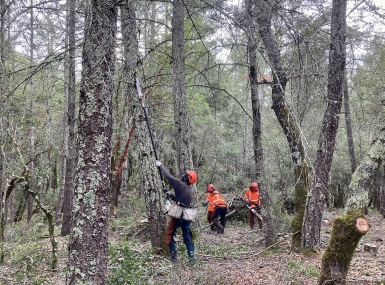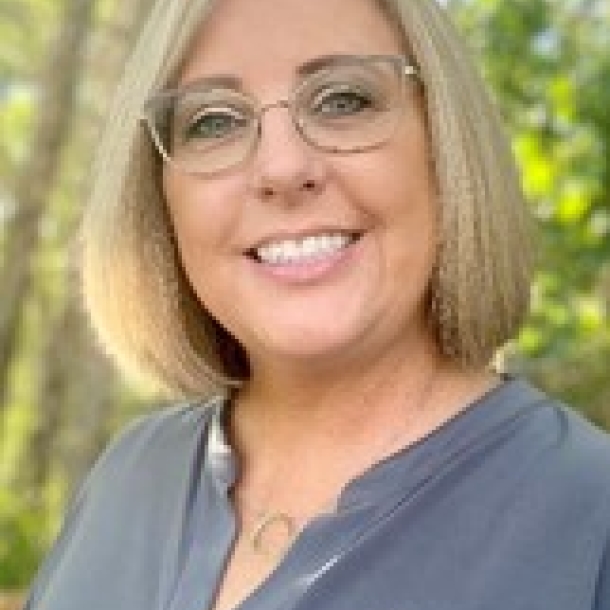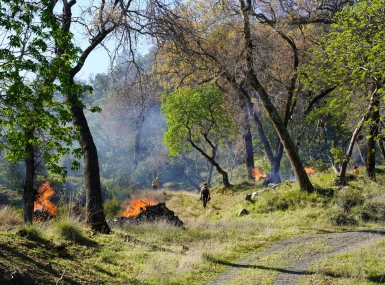Connect with Communities Before Disaster Strikes
A little over a month ago, St. Charles Parish, Louisiana, found itself facing the third threat of the tropical hurricane season, Hurricane Nate. The storm was rapidly forming in the Caribbean Sea, and the parish had just days to inform and possibly mobilize the public to evacuate. The good news: It was prepared.
Before the 2017 hurricane season began, the parish had launched an awareness campaign to ensure community preparedness. The initiative included videos, a website and social media.
More importantly, the campaign got the Emergency Operations Center (EOC) director and public information officer out into the community and in front of the elderly, a specific group not always targeted in communications plans that emphasize technology.
The public presentations allowed officials to build relationships with the community while educating them on preparedness by using a platform they were more familiar with: a print brochure.
On Nov. 28, 2016, Sevier County, Tennessee, experienced a ravaging wildfire that burned more than 17,000 acres, 2,500 structures with 14 lives lost. Perrin Anderson, assistant county mayor for governmental affairs, recalls the challenge of communications. “People who are new to the area, have limited financial means, speak English as a second language, are not tech-savvy or who are ‘off-the-grid’ may prove difficult to locate and inform. Messages broadcast via phone calls, texts, emails, television and radio don’t always reach everyone.”
In each of these examples, hard-to-reach populations required special work to establish relationships. Introducing county services, describing available assistance and building a bond with residents is important work done in advance of a threatening disaster.
Relationships with houses of worship, schools, small businesses, food banks, health clinics and donation centers can be very helpful. Social service leaders, ministers, doctors and teachers often have knowledge of certain segments of the community that most do not.
When an official can get a message to the director of the food bank or the pastor of a Vietnamese church or the neighborhood store owner, the message not only gets delivered, but it gets delivered by a trusted source.
Weld County, Colorado, went so far as to put its relationships into the 2016 “Blizzaster” emergency exercise. Located just north of the Denver metro area and extending up to the Colorado/Wyoming border, Weld County’s 4,000 square miles can present communication difficulties. It, too, faces the challenge of finding ways to share information with hard-to-reach populations including a growing senior population, multinational refugee communities, English-as-a-second-language residents and even commuters who live in one county but work and spend much of their time in another county.
During the “Blizzaster” training, the county’s Office of Emergency Management invited members from a local Amateur Radio Emergency Services group (ARES) to help establish lines of communications should traditional communication means be interrupted (loss of cell tower service as well as land lines). County staff had been meeting with the group informally for several years, discussing ways they could assist the county during an emergency. The training was a success as the ARES group was able to help the Emergency Operations Center (EOC) set up communications between three EOCs in two states. Now more than ever, out-of-the box thinking is crucial in developing a strong communication plan with residents.
It isn’t enough to develop in-house platforms (websites, social media sites) and expect residents will find important messages. The fact is, as county populations become more diverse, so, too, do all of the communication channels through which those populations receive information.
During an emergency, no amount of technology can replace boots-on-the-ground strategies and personal relationships when it comes to making sure residents stay informed.
Mail carriers may be willing to deliver printed information to all areas of your county. Municipal leaders and staff (librarians, building inspectors) can assist in posting information on local bulletin boards. Transit bus drivers may be able to help distribute information to riders.
A few years ago, Boulder County, Colorado, worked with Meals on Wheels’ drivers to help get information about flood preparedness into the hands of their elderly population.
The key to successful communication planning for hard-to-reach populations, is simple in theory: Learn how they prefer to get information (face-to-face or a bulletin board?) Know where they go to get that information (a church, a coffee shop?) and find out who they trust in their community (a teacher, a worship leader, a mail carrier?).
In reality, however, this communication planning will take time and effort, but proves essential when preparing residents for disasters.
County officials can begin by taking an assessment of the types of disasters they might encounter: wildfires, tornadoes, flooding and hurricanes.
At the same time, consider all of the various community groups that must be reached such as the hearing-impaired, non-English speakers, the elderly and shut-ins. Reaching out to these citizens often requires partnership and ingenuity, but may very well mean the difference in keeping people out of harm’s way. Good communication starts with good relationships, and good relationships are made before an emergency situation occurs.
Attachments
Related News

County Countdown – April 21, 2025
Every other week, NACo's County Countdown reviews top federal policy advocacy items with an eye towards counties and the intergovernmental partnership. This week features the ARPA reporting deadline, a budget reconciliation update and more

FEMA halts disaster mitigation grant program
On April 4, the Federal Emergency Management Agency (FEMA) announced it will not allocate $750 million this year for the Building Resilient Infrastructure and Communities (BRIC) grant program. According to the press release, FEMA will also stop funding BRIC projects that were previously approved and are still underway.

